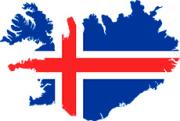
Category:
Time:
All industries strive for continuous improvement. Industries using membrane-based processes are a good example. Since membranes started being used in the Dairy Industry, some 40-50 years ago, there has been a continuous stream of improvement steps. In the early days, it started with flat sheet membrane systems. The cleaning of those membranes was not very well understood and not very efficient at the time.
The early flat sheet membrane systems used roughly 20 litres of cleaning solution per square metre membrane surface, per cleaning step. Typically, four to five steps were needed to get those systems cleaned. The systems themselves were small in membrane surface compared to today’s spiral wound membrane systems. The cleaning of the membranes has also undergone significant change during those years. For the first spiral wound systems, 5-6 litres of cleaning solution were used per square metre, per cleaning step. However, today no more than 1-3 litres per square metre membrane surface is utilised.
The original flat sheet systems were often cleaned at 60 to 70°C depending on the type of membrane. The later design and the construction of the spiral wound membranes restricted temperatures to about 50°C. More recently, temperatures have been permitted to rise further since the introduction of the pHt membranes, allowing cleaning temperatures up to 70°C and hot water sanitation steps even up to 90°C. This presentation will cover the limits of optimisation in terms of water and energy consumption and the best way to find the most economic methods of cleaning and sanitizing membrane systems in dairy applications.

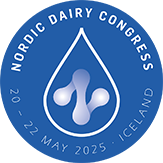






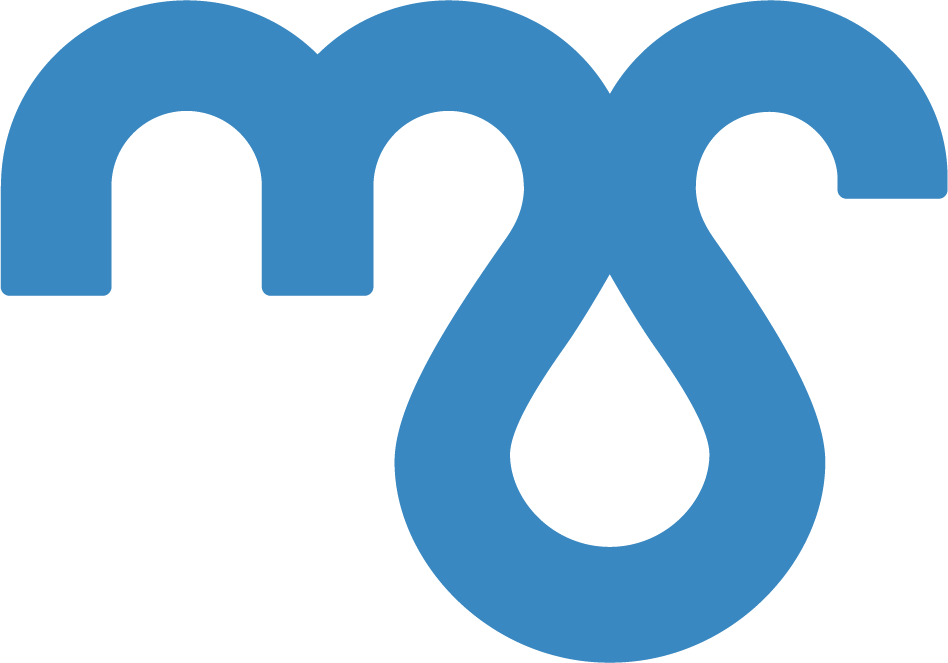

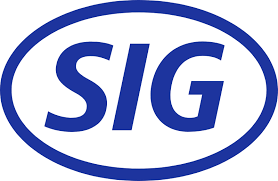
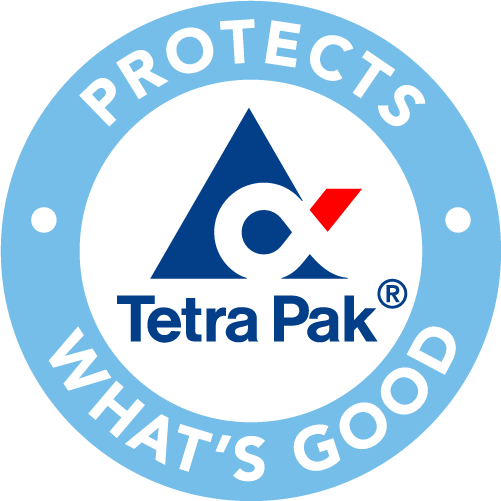



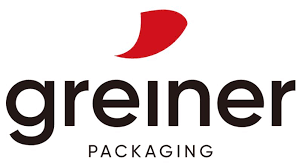
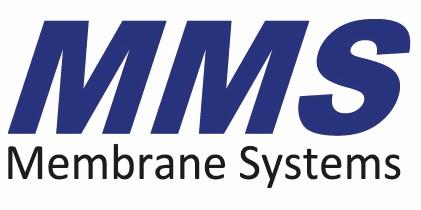


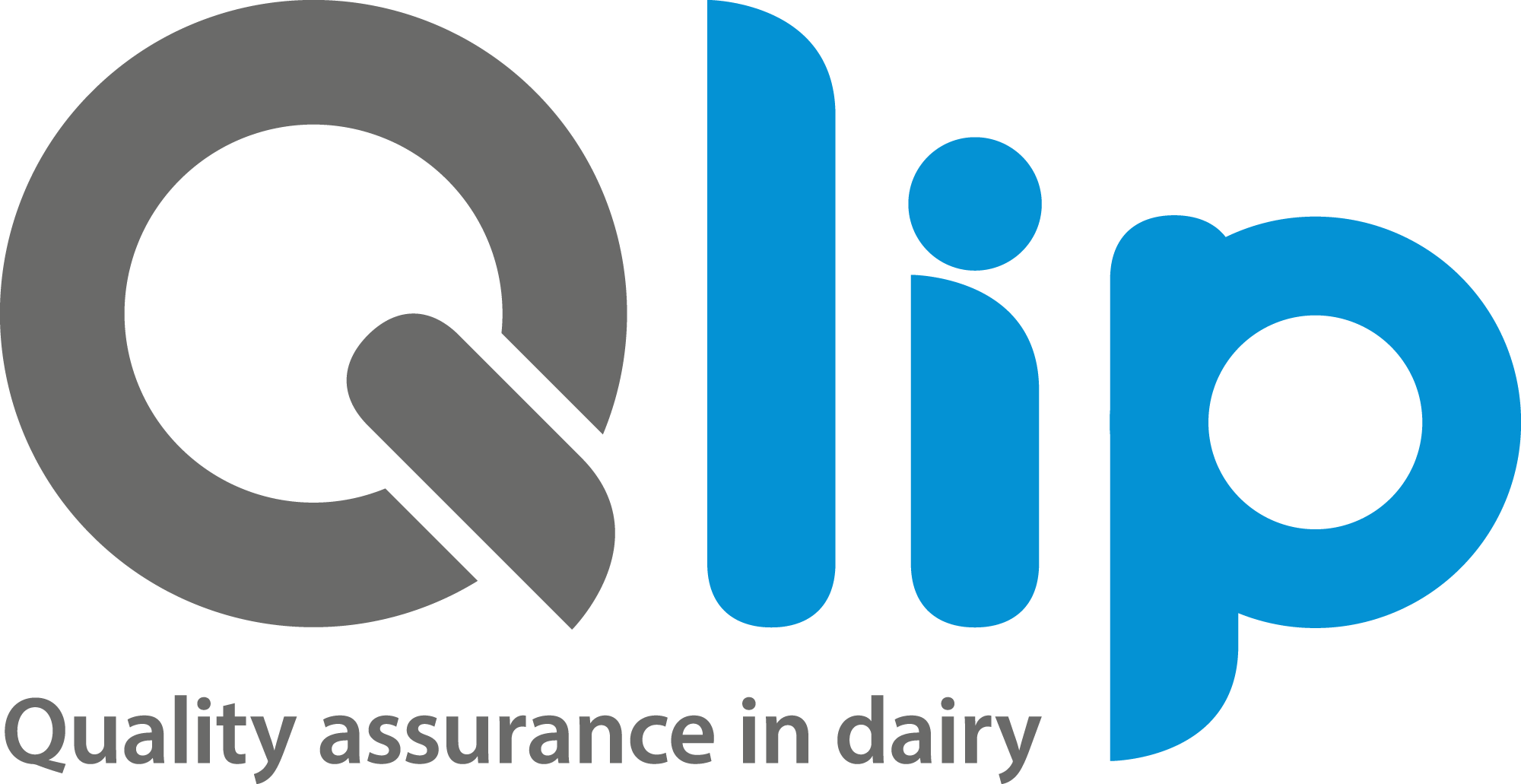
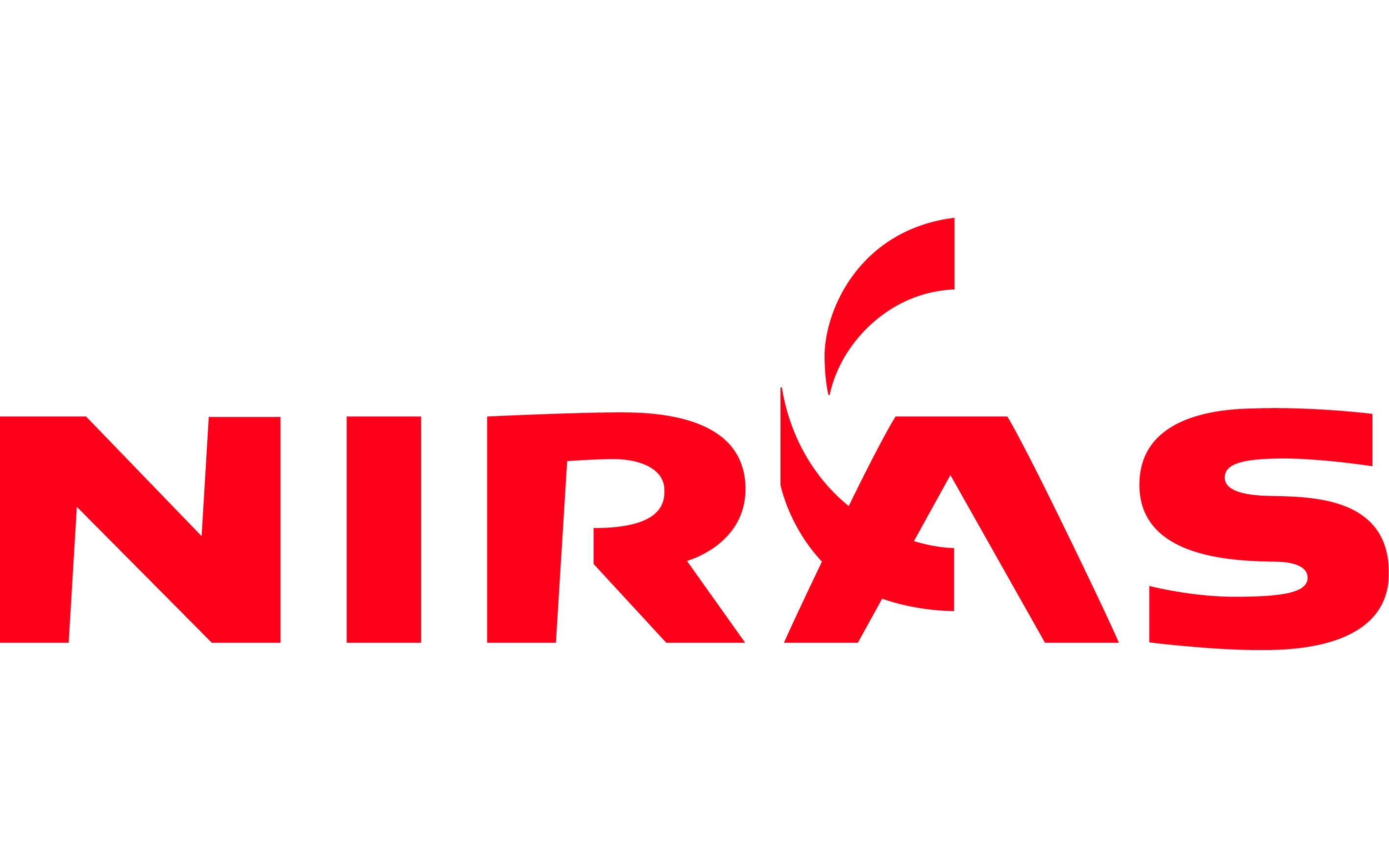









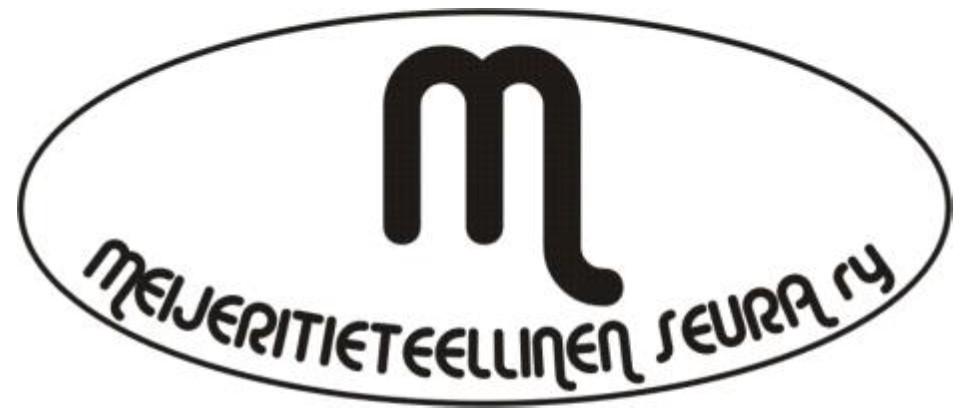
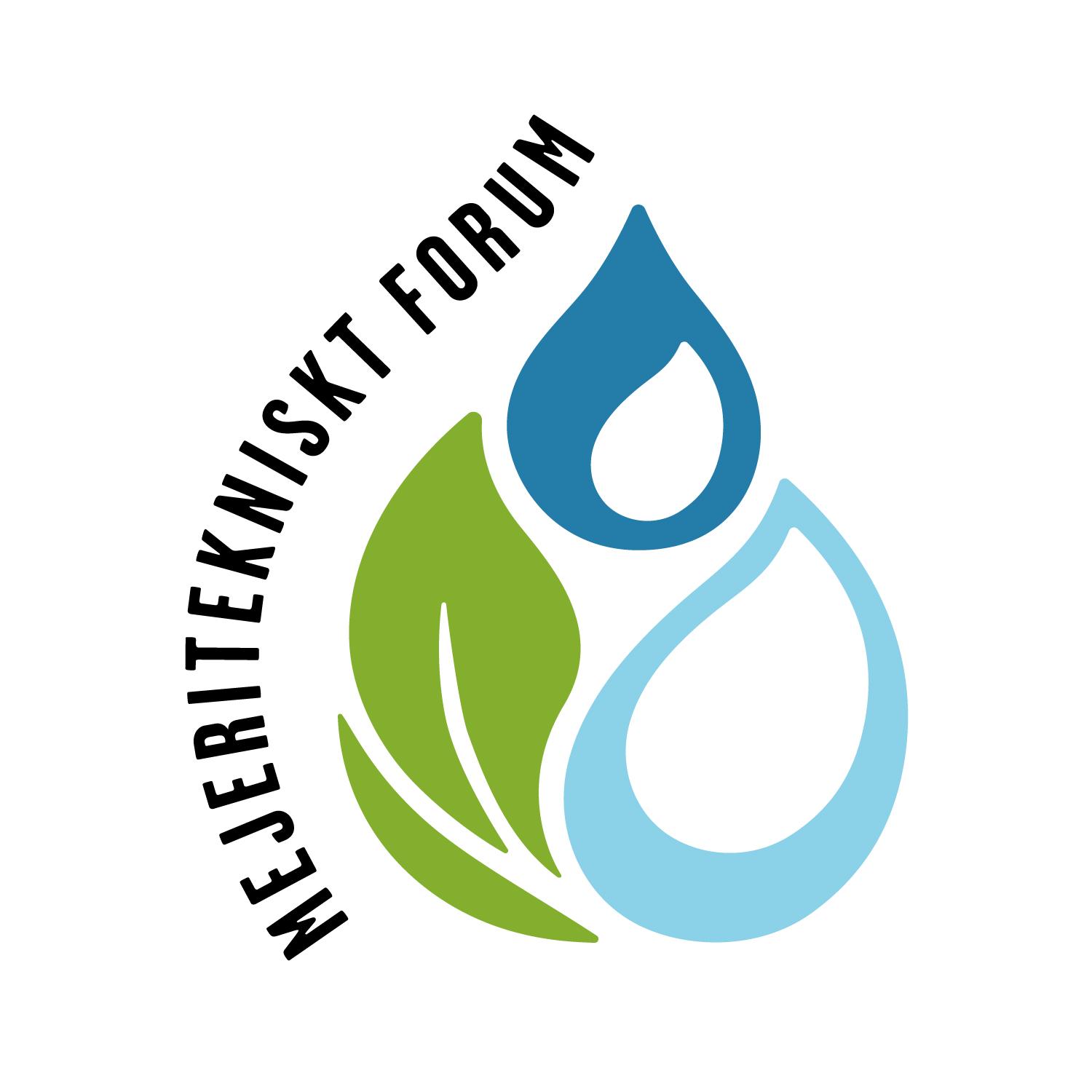
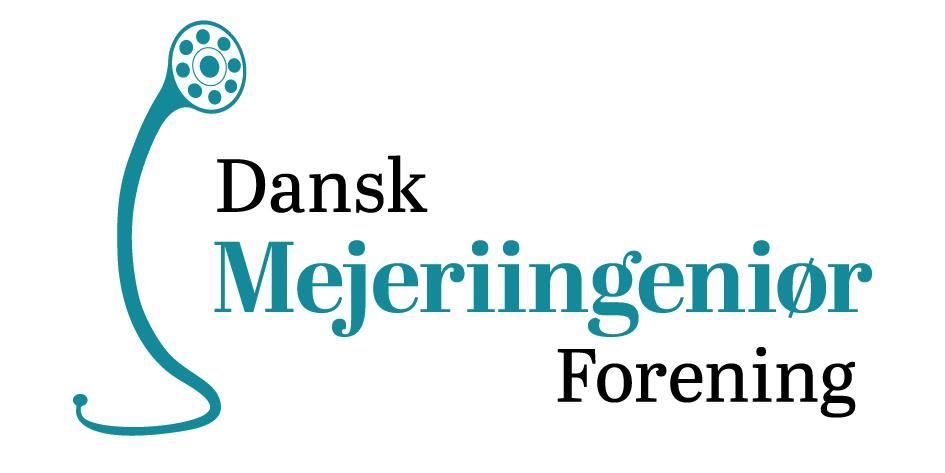
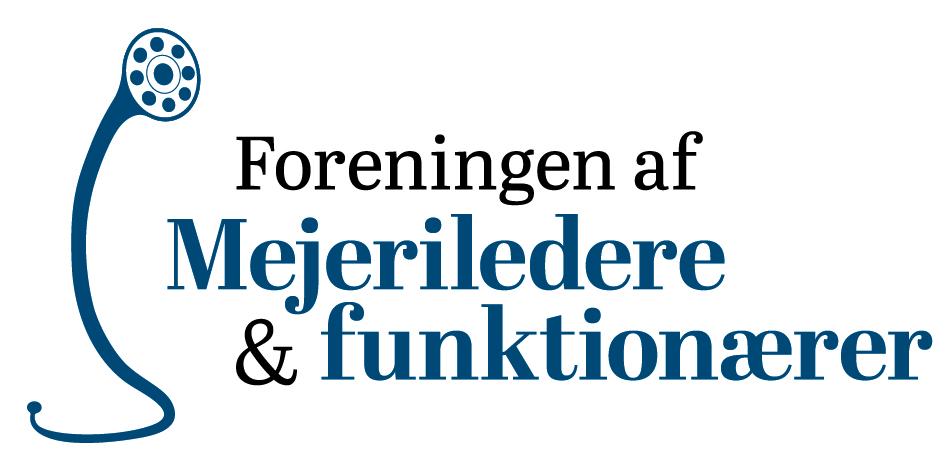



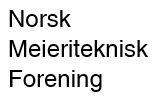
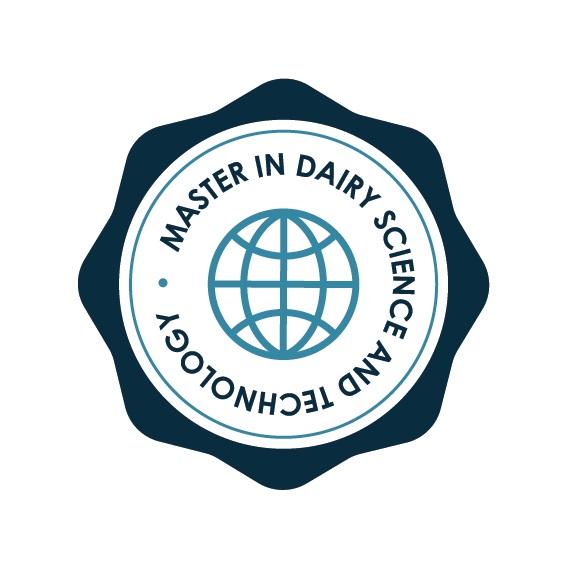


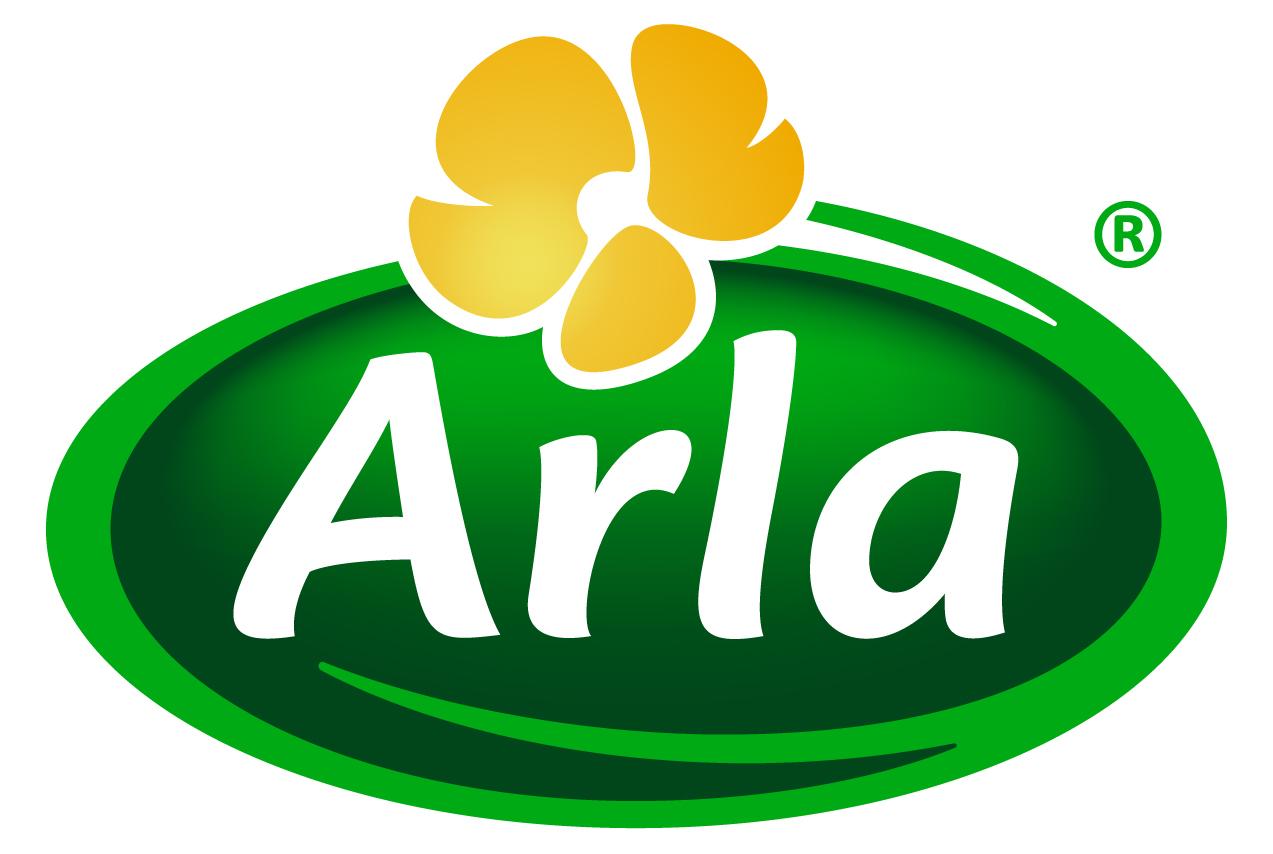
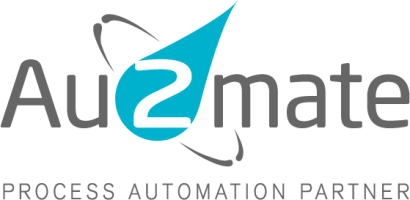
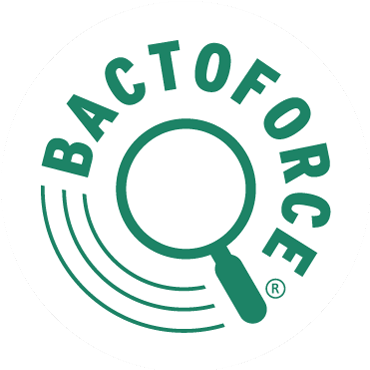

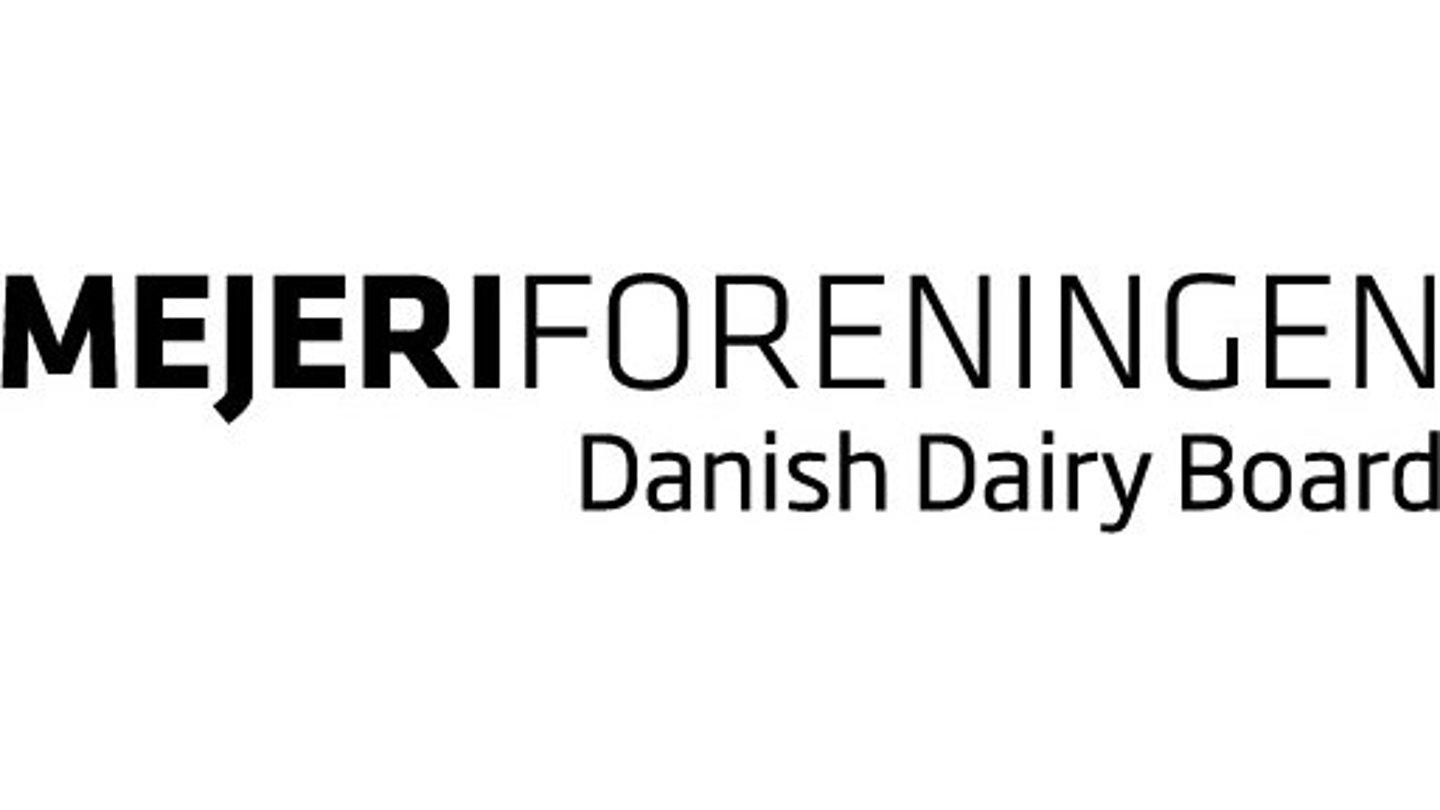
 Munkehatten 28
Munkehatten 28